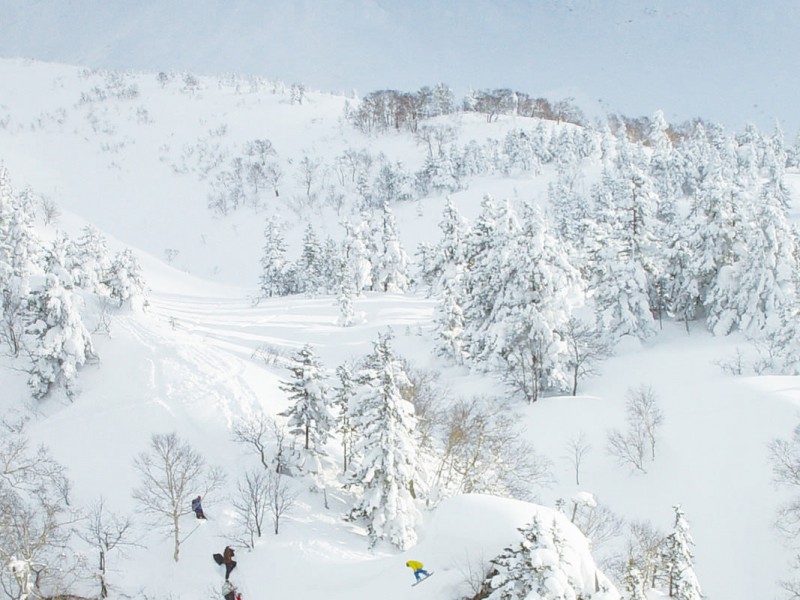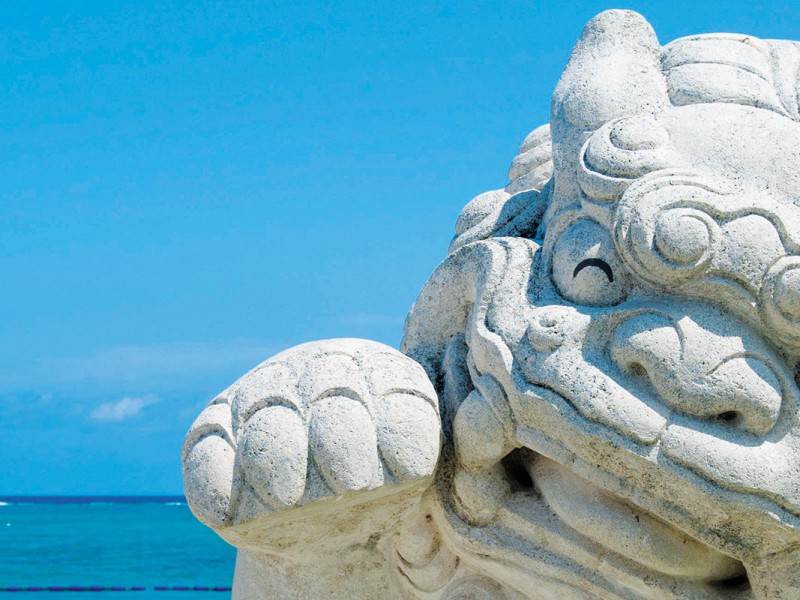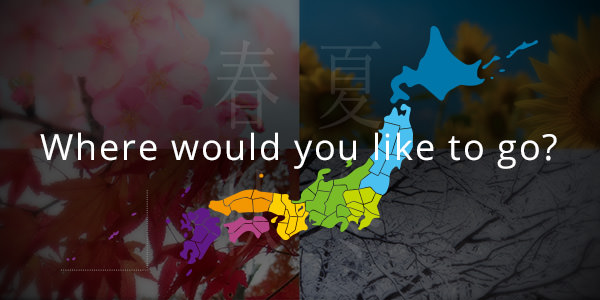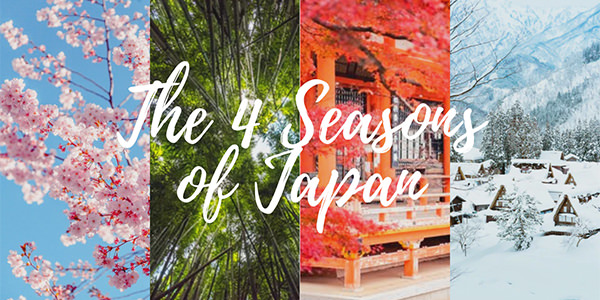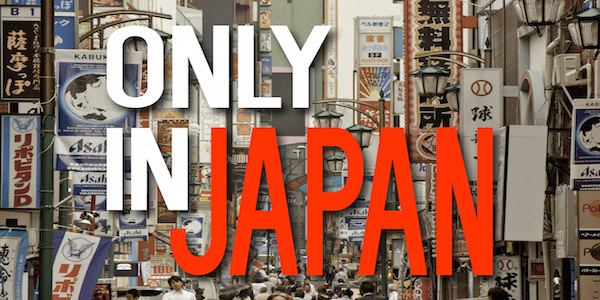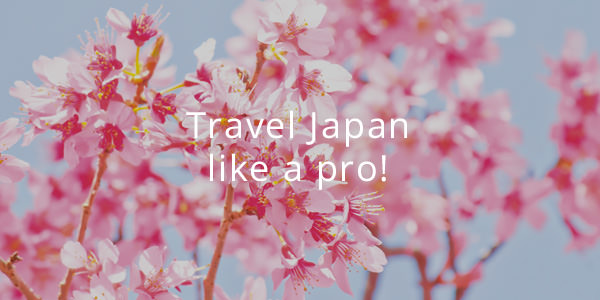In today’s day and age, having perfect skin continues to be a defining feature of beauty. In Japan, a defining feature of perfect skin is Bihaku – an ideal which women of all ages have endlessly pursued.
So what exactly is Bihaku?
The term Bihaku can be defined as having a flawless complexion that reflects natural lights to give a bright and glowing appearance. Many Japanese women strive for Bihaku, wanting a complexion that is bright, clear and translucent, making every effort they can to get rid of and prevent flaws.
According to a survey conducted in 2015, approximately 70% of the 200 Japanese women aged 18 years and over surveyed said they were regularly carrying out some sort of Bihaku skin care routine.
The term Bihaku itself literally translates to mean “Beautiful White”. So while having a flawless glowing complexion is essential in achieving Bihaku, the term can only be distinguished from its counterpart Bihada (‘Beautiful Skin’) by adding an element of whiteness in the complextion.
This idea of having a white flawless complexion has formed a part of Japanese beauty standards for centuries now. Although it may sound surprising, the nation even has a saying that goes Iro no Shiroi wa Shichinan Kakusu. It roughly means that having a fair white complexion conceals all other beauty faults.
Today, Japan has become a nation that is certainly well known for its long life expectancy. As a result, its women are becoming increasingly conscious of anti-aging processes, attempting to ensure they too age as beautifully as they can. Of course, Bihaku naturally is a part of this anti-aging process.
Anti-aging and Bihaku
So, why exactly is Bihaku associated with anti-aging? While the term aging means to grow old, it also implies wrinkled, flawed and sagging skin due to the passing of time. Having a white flawless complexion for Japanese women means attaining Bihaku, which can only be achieved by ensuring any flaws, wrinkles and sagginess that come naturally with age are prevented and or cured.
It is interesting to note that in asking a group of 400 Japanese men in 2016 what beauty features they perceived as making Japanese women look more youthful, a ‘white complexion’ was chosen amongst others.
How Bihaku is achieved
A prominent way in which Japanese people achieve Bihaku is by using sunscreen to stop the sun’s rays from damaging the skin. It is interesting to note that while in Australia sunscreen is most commonly used to maintain healthy skin and to prevent such diseases as skin cancer, it is more commonly used in Japan to achieve and maintain Bihaku and Bihada.
Within UV rays there are UVB (Ultraviolet B) rays which cause sunburn, as well as UVA (Ultraviolet A) rays which cause flaws in the skin to appear. UVA rays can be said to be Bihaku’s worst enemy, and so a majority of Japanese women use sunscreen to achieve and maintain Bihaku by blocking UVA rays. In contrast to Australia, sunscreen available in Japan not only advertises the SPF (Sun Protection Factor) level which acts to stop UVB rays, but also includes the PA (Protection Grade of UVA) level which acts to stop UVA rays!
Today, there is even a ‘drinkable sunscreen’ available in Japan. The supplement has been made available by a Japanese cosmetics company and contains plant-based antioxidants. With similar effects as ordinary sunscreen, this unique, unusual and very modern product has become an increasingly popular method in achieving and maintaining the Japanese beauty ideal- Bihaku.



